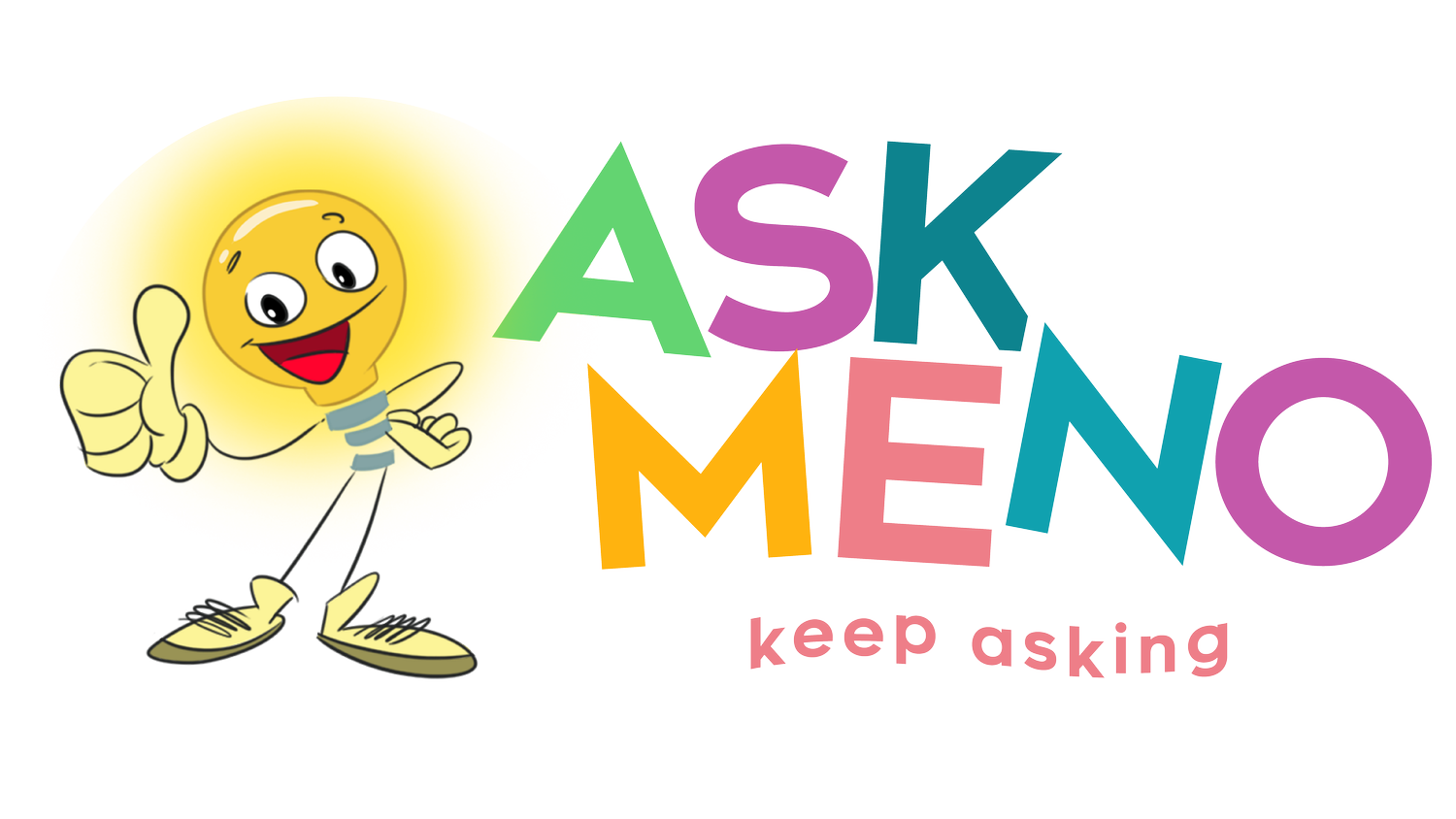New Science that Updates a Widely Accepted Model of Reading Comprehension
Active View of Reading
Enter Science of Reading newcomer: Active View of Reading (AVR). Its predecessor, Simple View of Reading (SVR), sought to clearly define what leads young students to the ultimate goal of literacy: reading comprehension.
SVR: Word Recognition (e.g. decoding, sight words) X Language Comprehension (e.g. background knowledge and verbal reasoning) = Language Comprehension
What Duke and Cartwright's AVR model suggests is that there are more key areas of focus than the simple view of reading accounts for when it comes to reading comprehension. Although the SVR model was meant to be "simple,” the AVR argues for additional components to supplement the SVR's formula. Consisting of 18 categories, these components include more targets for reading intervention and instruction, such as:
Additional Literacy Components
• Bridge skills: skills that bridge the overlap between decoding and language comprehension
• Active self-regulation’s role in literacy (e.g. executive function, motivation, and reading comprehension strategies)
• Effects of cultural knowledge
• Theory of mind: social reasoning that understands the student's own feelings and mental states
Though gains in the individual categories have been shown to produce positive outcomes in reading comprehension, we are looking forward to a meta-analysis study to confirm whether the combination of the components has the impact needed to launch this model into the mainstream.
Read more about it in Nell Duke's article.
About AskMeno
AskMeno is dedicated to helping early childhood leaders build the foundational oral language and social skills necessary for their young scholars’ reading comprehension and emotional wellbeing. AskMeno provides a play-based, teacher-facilitated supplemental curriculum that systematically and explicitly develops oral language and social skills through scaffolded, fun, and engaging learning activities.



